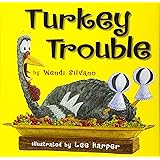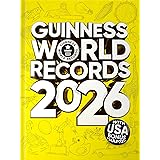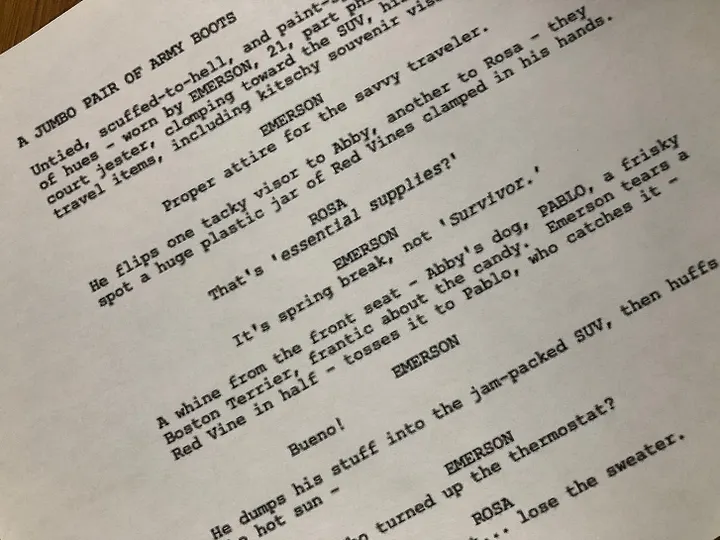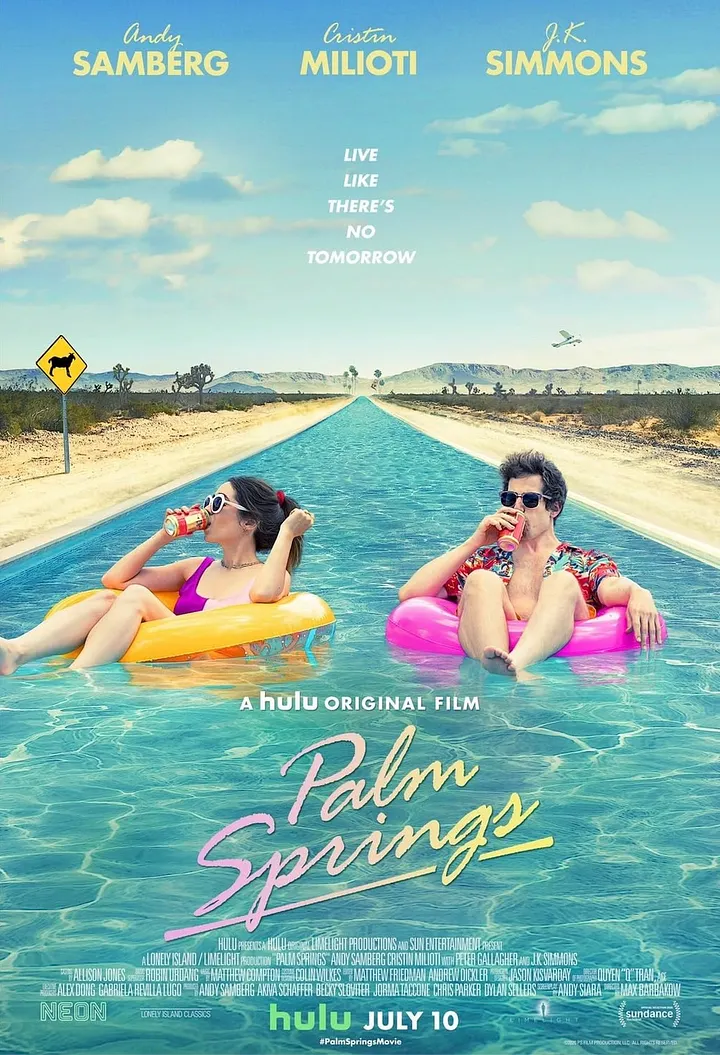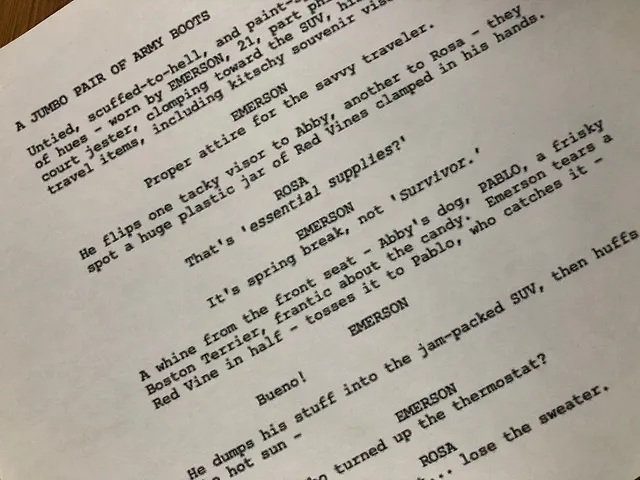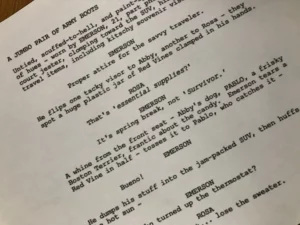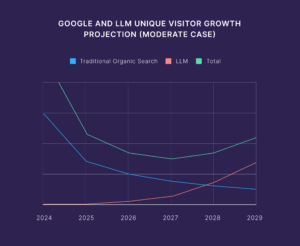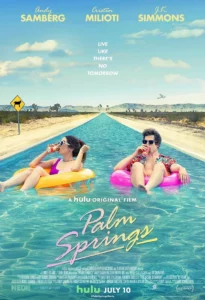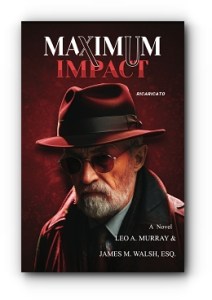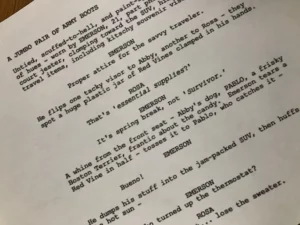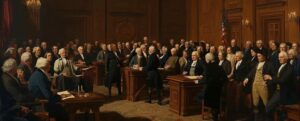“Unearthed Secrets: The Shocking Truth Behind the Unreleased ‘Fantastic Four’ Movie That Could Have Changed Superhero History”
What’s a screener like me doing chatting about a film that almost nobody has seen? Well, let me tell ya, there’s a treasure trove of knowledge packed into the wild story of the Fantastic Four movie from 1994—one that was buried not for its lack of ambition, but for a totally different reason altogether. As a passionate advocate for screenwriters to grasp both the artistry of their craft and the often-treacherous business side of Hollywood, I think it’s vital to dive into these fascinating tales of cinematic mishaps, especially ones that hold surprising lessons for us all. So grab your popcorn, because we’re about to explore a film that was never meant to see the light of day, yet offers a glimpse into the bizarre world of rights retention and studio shenanigans. We’re peeling back the layers on the Fantastic Four movie that, against all odds, became a cult classic for all the wrong reasons. Intrigued? Let’s unravel this captivating tale together! LEARN MORE.What is this piece doing on a screenwriting blog? Well, I’m a firm believer in the practice of screenwriters learning as much as they can not just about the art and craft of screenwriting, but the business of it as well. That’s why today we’re talking about the first and forgotten Fantastic Four movie.

